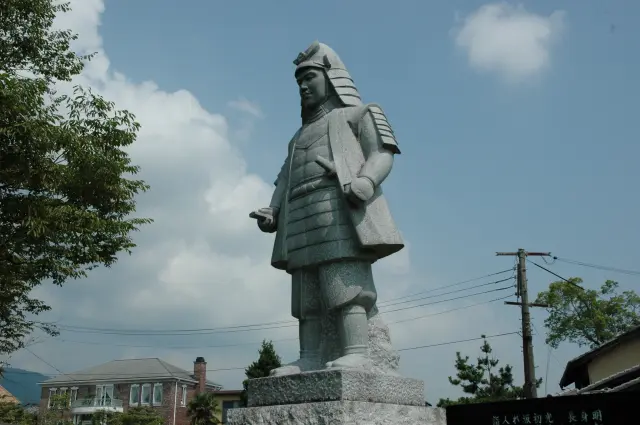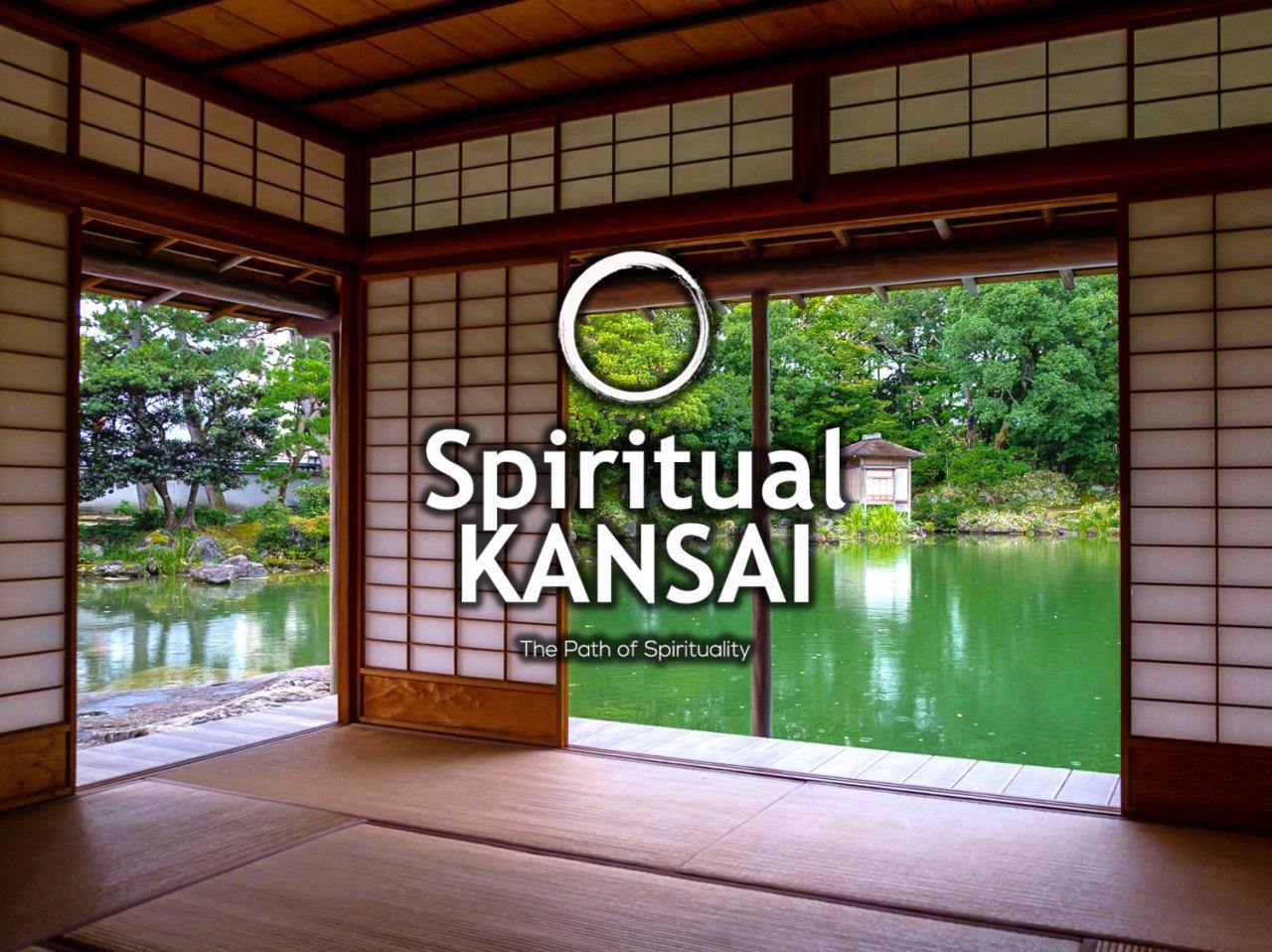
Wanderings through Wabi-sabi 1
Last update
The Kansai region is a sacred place for Japanese spiritual culture, and Kansai is full of genuine hospitality. We tried to extract various themes and put them together in columns under the title of "Spiritual KANSAI". In this blog series, we will introduce these columns in order. The series is " Wanderings through Wabi-sabi ". (The following text is quoted from the Spiritual KANSAI column page (https://www.the-kansai-guide.com/en/column/item/sk_detail14/)
***************************
Wanderings through Wabi-sabi 1
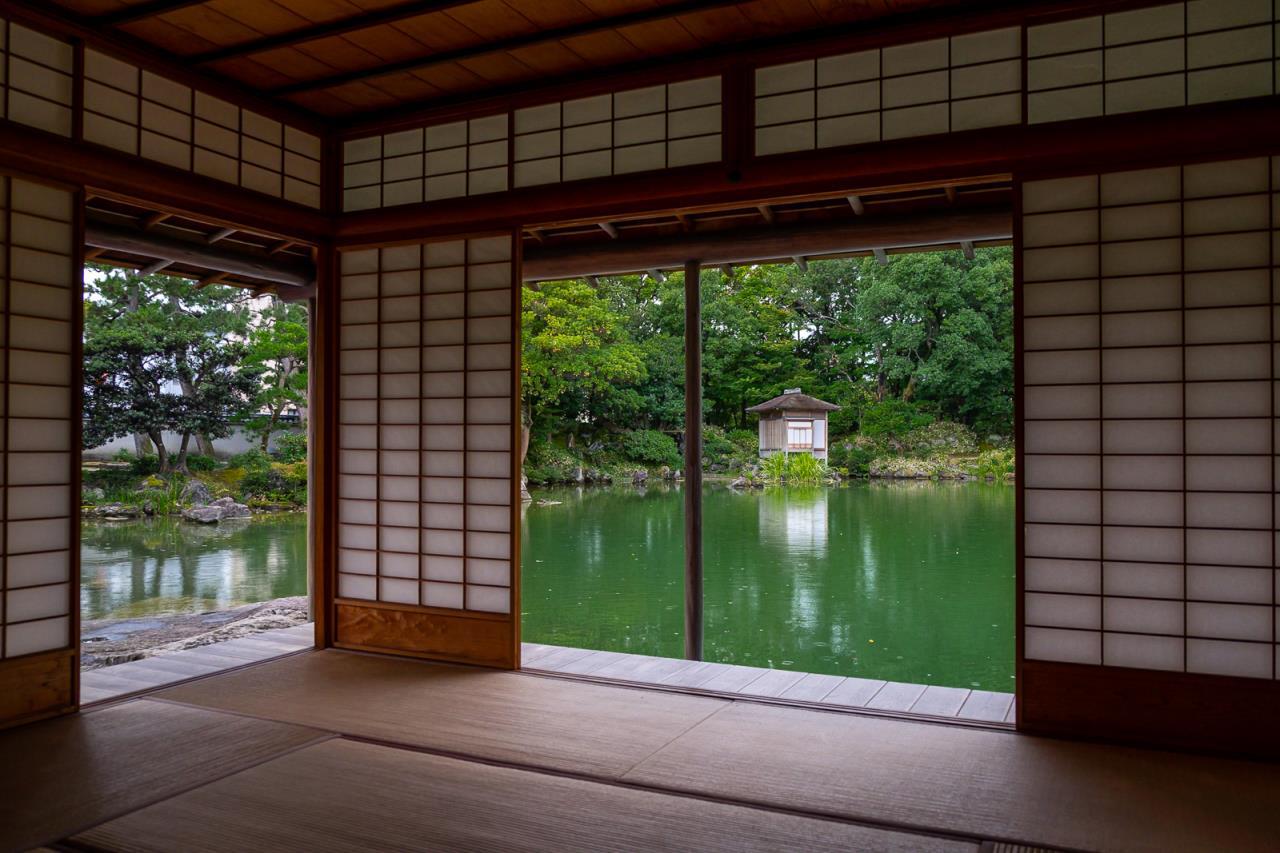
If there is a single word that sums up an immediately recognizable Japanese aesthetic, it is probably the word “wabi-sabi". Easy to remember, those rhyming words are familiar to anyone who has an interest in Japan and Japanese art, and immediately conjure images of rock gardens, moss, a roughly made tea-bowl - the Japan many come from all around the world to experience first hand. Literally, the expression is made up of two words, “wabi”, meaning originally loneliness but later used to refer to a simple, subdued beauty, and “sabi”, which means the beauty that comes with age, or patina. But ask most Japanese what “wabi-sabi” actually means, and you will most likely be answered with little more than a shrug. Not because nobody knows, but because it is so difficult to put into words. Tellingly, in a recent interview with a Japanese writer, Hosai Matsubayashi, the 16th generation in his family to head the Asahiyaki pottery in Uji, Kyoto, described wabi-sabi as a kind of “primitive beauty”, finding it easier to use the English word, “primitive”. Asahiyaki was founded by the artist and aristocrat Kobori Enshu in around 1600, specifically to support the booming trend for the tea-ceremony at the beginning of the Edo period. The notions of “wabi” and “sabi” had already been around for centuries, but Enshu is said to have fixed the expression “wabi-sabi” in the Japanese lexicon, and from the outset the Asahiyaki was given the aesthetic “kirei-sabi” as its core aesthetic - a slightly more decorative extension of the original wabi-sabi idea. The pottery maintains that aesthetic to this day. So if anyone knows what wabi-sabi means it ought to be Matsubayashi. And yet when asked to explain by a Japanese interviewer, he used an English word.
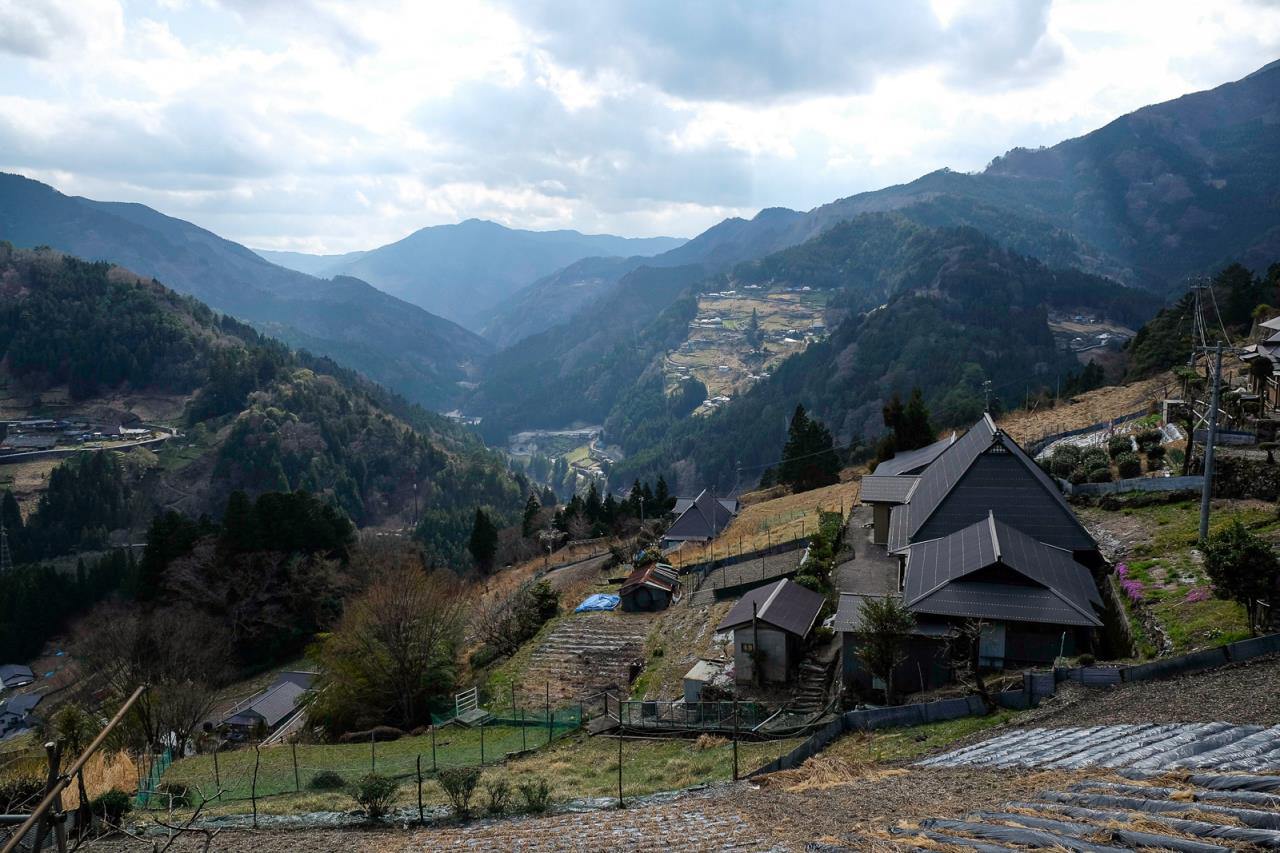
In many ways, the fact that it is almost impossible to pin down wabi-sabi is in itself the very essence of wabi-sabi, and with it many other elements of Japanese thought, as well. Several years ago, I was in the mountains in Tokushima enjoying a Korean barbecue dinner with a group of Japanese friends that included a senior Yamabushi - a mountain ascetic monk. The fact that we were all eating a dinner of grilled beef is in itself a nice example of how inconsistent and fluid things can be in Japan. Traditionally Yamabushi don’t eat meat, and yet here we were enjoying a Korean barbecue and beer together. As we ate, we were asking our Yamabushi friend about shugendo and the Yamabushi way, and he turned to me with a big grin and said “You’ll never get it, you think too much!” There was a burst of laughter around the table - that certainly put me in my place! But it says a lot about the Japanese way of thinking about things. Where we in the west are conditioned from a young age to try to compartmentalize and understand things with logic, Japanese thought has actively avoided that logic until very recently, finding it human-centric and limiting, and has preferred a more natural, fluid way of understanding things.
To explain something of how the wabi-sabi aesthetic came about, most Japanese writers go back to the long prehistoric Jomon period that extends from 14,000 to 300 BCE. Japan was a hunter-gatherer society at that point, and it is thought there was limited horticulture. But unusually for hunter-gatherer societies, the Jomon Japanese produced sophisticated and elaborate pottery, which is usually associated with agriculture-based societies that stay in one place, since pottery is heavy and takes time to produce. It is thought that the reason the Jomon societies managed to settle while maintaining a hunter-gatherer lifestyle was that Japan was rich in food sources, so the Jomon were able to build settlements while at the same time as living from what nature provided, rather than growing food for themselves. This rich and abundant nature became the focus of Japanese spirituality and religion, as it did in many societies around the world at the same time. But unlike other counties, in Japan that focus has remained at the core of much thought and philosophy throughout history, and to a certain extent still remains so today. The Japanese Shinto faith, despite having been used at various points for political and social ends, is principally a nature-based belief system, something like a mix of animism similar to the ancient Celtic or Native American beliefs, which says there are “kami” - gods or spirits - within all things, and polytheism much like Hinduism.
The worship of nature naturally led to a sensitivity to the changes in the seasons, and the impermanence of life. Those are themes common among artists and writers around the world, but in Japan they were to become a central part of understanding the world, and that thought began to be reflected in art works.
Check also...
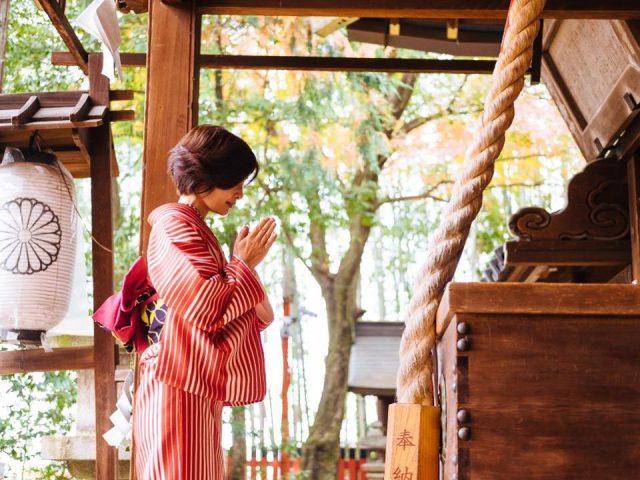
The Basics of Shrine Visiting! Must-Know Information and Some Recommended Shrines in Japan

Consider your accommodation in the Kansai area!

Restrictions on Large Baggage

Hidden Stories in Stone: Exploring Japan’s Castle Walls

Feel Like a Lord: Castle with Stunning Panorama Views

Experience the True Essence of Japan through Castles, Cultural Treasures, and Timeless Gardens
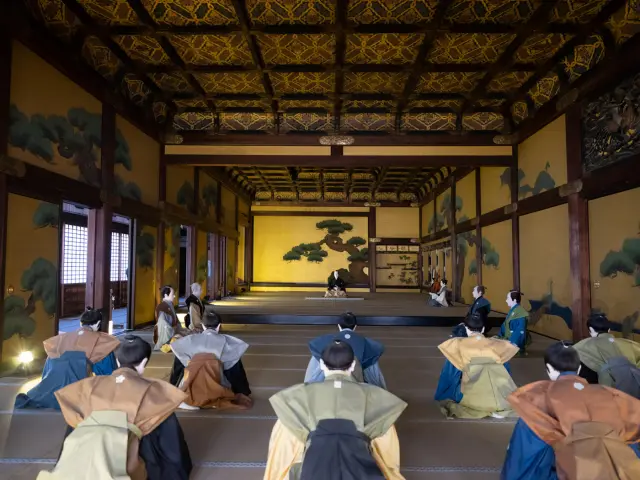
Castles of Tokugawa Ieyasu
